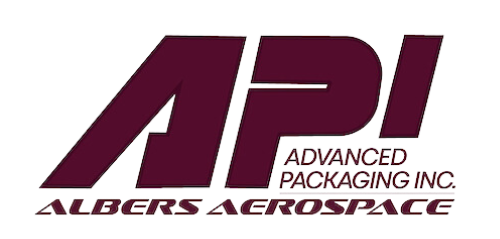Shipping containers can be used for shipping, storage, and conversions. They provide a secure; water and wind tight structure can provide a solution for various needs.
Size
Figure out what size you need. Shipping containers come in various sizes but there are two sizes that are the most common.
- 20 feet long by 8 feet wide and 8.5 feet high. 5,000 pounds
- 40 feet long by 8 feet wide and 8.5 feet high. 8,000 pounds
Other sizes are available but they tend to cost more since they are not industry standard.
New or Used
When buying a shipping container you can either buy new or used. In this case ‘new’ which is often referred to as “one-trip” containers mean the shipping container has been shipped once to it destination where it will then be sold, this means that even new container may have bumps and dings.
Buying a used shipping container will be much cheaper but it comes with problems to be wary about. It is important to always inspect a container before purchasing.
Some things to look for when:
- Paint quality and any signs of rust
- Doors, hinges, & locking mechanisms – make sure they work properly
- Leaks – check for any signs of leaks that allow wind or water in the container. Also check the door gaskets; make sure they are properly sealed.
Delivery
An obstacle to face when buying a shipping container is the delivery process. Determine where the shipping container will be placed. If there are any questions or concerns, the supplier can come give a site visit to determine. Most importantly make sure there is room for the container to be unloaded and no overhead obstructions such as power lines. The ground should be flat and dry as well.
Delivery options include
- Flatbed Trucks – This is a cheaper option of delivering shipping containers but requires a crane or a large fork-lift to unload the container of the truck.
- Tilt Bed Trucks – Are better suited for delivering containers and do not need a crane to unload. This method will be more expensive
- Crane Equipped Vehicle – Is a truck with a crane already attached to it, making it the most ideal method of delivery. These trucks are usually 65ft in length and require flat land to operate. It is important to scout the location of delivery to make sure if can handle this type of vehicle.
What Else to Look For
Depending on your needs there are different options to consider when purchasing shipping containers.
Door Positioning
Industry standard usually puts the doors and the end of the shipping containers but doors can be positioned elsewhere on the container with various different sizes
Windows
Window can be added if the shipping container, allowing light to come in. This can be useful if the container is used as an office.
Insulation/Ventilation
Is used to control temperature and noise levels inside the containers. Cold weather can cause condensation, which can damage what is being stored in the container. Ventilation reduces the moisture in the air and allows fresh.
Shelving
Make sure to not waste any valuable space. Shelving allows you store much than you can otherwise.
Partition
If the shipping container has multiple uses or needs the space divided then partitions can be installed to split the container into different rooms.
Advanced Packaging, Inc. was established over 40 years ago with the mission of engineering and delivering the highest quality shipping and cushioning systems available. Since then our worldwide customer base has grown to include those in the military, government, commercial and industrial business sectors, as well as many other industries. API’s local clients value our convenience to the Washington, DC tech corridor.
If you have any questions about our Custom Military Cases & Containers, please contact Advanced Packaging Inc. by calling 1-888-206-5250 or visit our website today!

